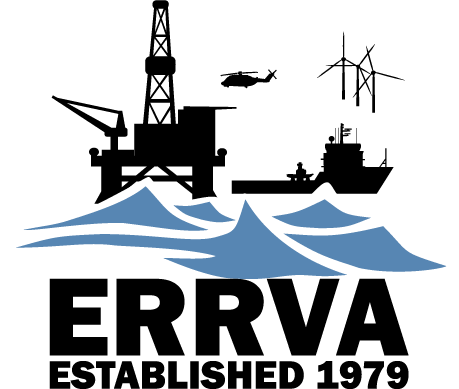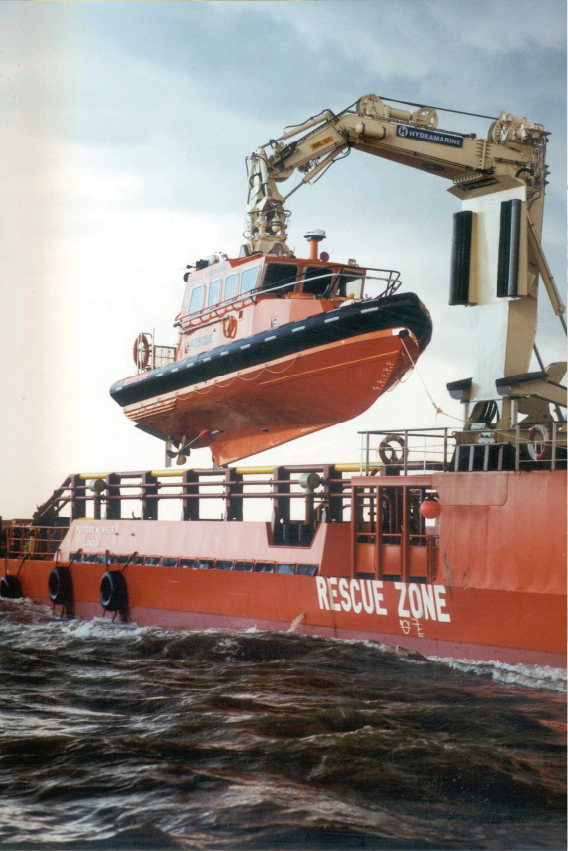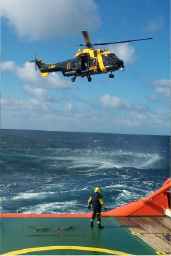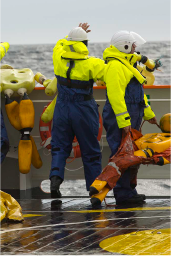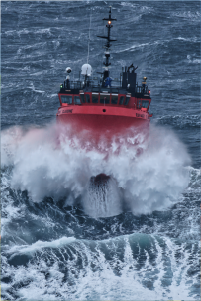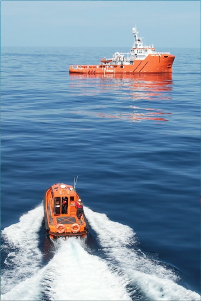Why is there an ERRV alongside an offshore installation?
According to Regulation 17 of the Prevention of Fire and Explosion, and Emergency Response on Offshore Installations (PFEER), the Duty Holder must ensure effective arrangements with suitable persons beyond the installation for:
- Recovery of persons following their evacuation or escape from the installation.
- Rescue of persons following their evacuation or escape from the installation.
- Taking such persons to a place of safety.
Effective arrangements must secure a good prospect of recovery, rescue, and transfer to a place of safety in all but exceptional weather conditions.
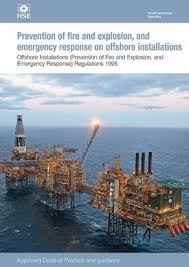
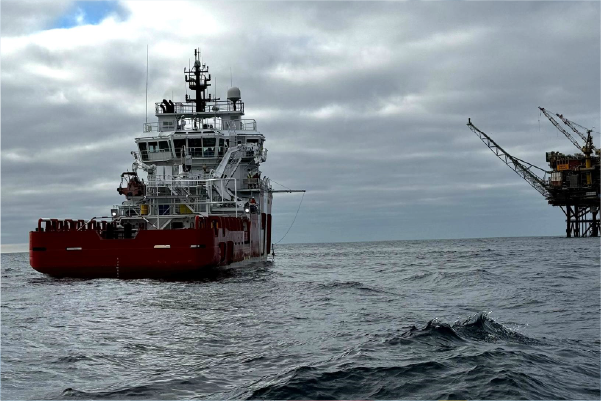
What are the Fundamental Duties of an ERRV?
An Emergency Response and Rescue Vessel (ERRV) must be capable of:
- Rescuing or recovering persons from the water and providing medical aid.
- Acting as a “place of safety” in accordance with PFEER.
- Providing on-scene coordination as required by the installation’s Emergency Response Plan.
- Participating in the installation’s collision avoidance strategy by monitoring the safety zone, warning off approaching vessels, and advising the installation of collision risks.
- Acting as a reserve radio station.
How Long is the ERRV Alongside an Installation?
ERRVs are stationed alongside installations 365 days a year, with crew changes every twenty-eight days. During crew changes, a relief ERRV is provided to maintain continuous service.
How Often are Rescue Exercises Carried Out Offshore?
Regular recovery and rescue exercises are conducted offshore in sea conditions up to 3.5 meters significant wave height, which is the upper limit for personnel working overside of installations. This is also the routine limit for the safe launching and recovery of Rescue Craft.
ERRVs undertake rescue trials regularly.
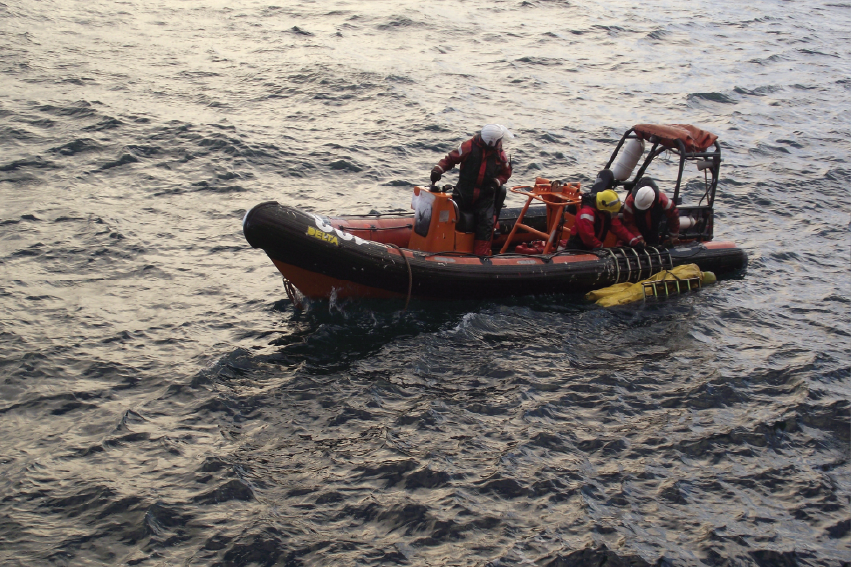
Discover More
Offshore emergency response vessels (ERRV) play a pivotal role in ensuring safety and operational efficiency in maritime environments. From adhering to guidelines to offering essential services, ERRVA’s contributions are multifaceted and indispensable. Discover more about how ERRVA keeps the offshore sector secure and efficient
